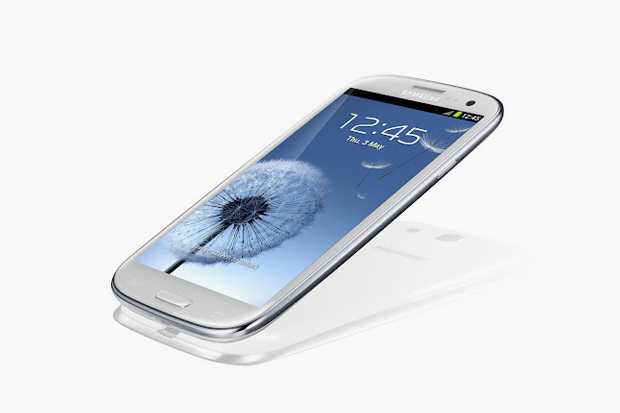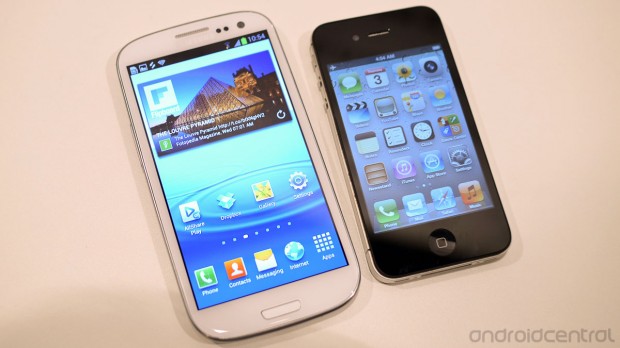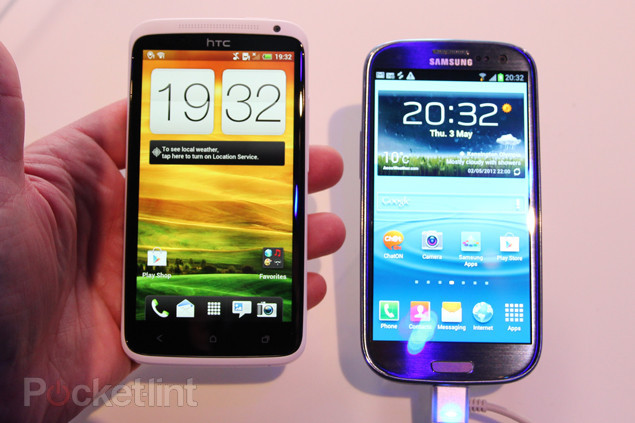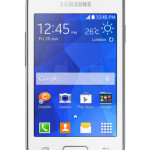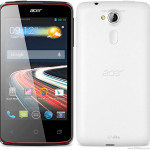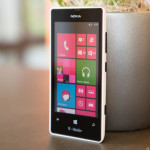Samsung Galaxy S III
Samsung Galaxy S III
The good: The Samsung Galaxy S3 comes fully loaded with Android 4.0 Ice Cream Sandwich, 4G LTE/HSPA+ 42 capability, a zippy dual-core processor, and a strong 8-megapixel camera. S Beam is an excellent software enhancement, and the handset’s price is right.
The bad: The Galaxy S3’s screen is too dim, and Samsung’s Siri competitor, S Voice, disappointed.
The bottom line: Pumped with high-performing hardware and creative software features, the Samsung Galaxy S3 is an excellent, top-end phone that’s neck and neck with the HTC One X.
Design
It won’t wow you with neon colors or evocative, industrial design; it doesn’t have the sharpest screen on the market; and its body isn’t fashioned from ceramic, glass, or micro-arc oxidized aluminum. That said, the Galaxy S3 is about the nicest plastic phone I’ve ever seen. Likely tired of hearing complaints about how cheap-feeling Samsung phones can be, the company decided to focus instead on making the contours more premium — without giving up its light, inexpensive, and shatterproof material of choice.
Peer closely at the phone (it comes in ceramic white, pebble blue, and later a red shade exclusive to AT&T) and you’ll see that Samsung has rounded the edges and corners to attain smooth spines and trim pieces all around. The phone designers also intentionally arranged the backing to give the phone more of a unibody feel.
Samsung doesn’t shy away from high gloss and sheen in either white or blue models and somehow, it all works. The pebble-blue variety has lighter blue spines than its steel gray-blue backing, and I like the brushed-metal grain to its uncompromisingly plastic finish. In addition, the phone has felt good in my hand every time I’ve picked it up since CTIA. It’s slick and touchable, and seems to warm to the touch, which gives it the sense that it’s conforming to your grip. Though smooth, the GS3 isn’t slippery, and although fairly light (at 4.7 ounces, just a tad heavier than the One X), it doesn’t feel like it’s missing a battery or other essential components. The handset’s highly reflective surfaces are its most major design flaw.
When it comes to size, the GS3 is a big device. At 5.4 inches tall and 2.8 inches wide, it’s slightly larger and thicker than the Samsung Galaxy Nexus. Samsung seems to enjoy pushing the envelope when it comes to creating smartphone displays that border on minitablet territory (the 5.3-inch Galaxy Note even became a cult hit, with about 7 million global sales.) Yet, the handset’s slim 0.34-inch width, contoured sides, and glossy coating add up to that comfortable handhold.
My hands are fairly small, so I passed the phone around to see what others thought, regardless of their personal phone choice. Most initially found the GS3 large, but warmed up to it as they played around. Those with smaller hands than mine generally thought it too big. Almost all of them commented on the light weight. My colleagues also stuck the GS3 in front, back, shirt, and jacket pockets; everyone found a way they said they’d carry it (which really only proves that CNET editors are a resourceful bunch.)
Above the screen are the proximity and ambient light sensors, the indicator LED, and a 1.9-megapixel front-facing camera. Below it is a physical home button, which Samsung managed to keep in this handset, as opposed to the typical soft-touch navigation buttons we often see in Android phones. In general, I can get behind this kind of button, but the GS3’s is slightly less comfy in its squashed and narrow form than if it were a larger rectangle or a square. Flanking this button are the back key and the menu key, which fade after a few seconds of use. It’s interesting that Samsung kept its menu button rather than the default recent-apps tab in Ice Cream Sandwich. You can still view recent applications by holding down the Home button.
On the right spine is the power button, and on the left you’ll find the volume rocker. You’ll charge through a Micro-USB power button on the bottom, and listen to audio through the 3.5mm headset jack up top. The 8-megapixel camera lens and flash are on the rear, with the microSD card slot and Near-Field Communication (NFC)-capable battery behind the back cover. The Galaxy S III takes a Micro-SIM card.
All about the screen: In terms of screen size, the Galaxy S III’s 4.8-inch HD Super AMOLED display (with a 1,280×720-pixel resolution) fits right between the Galaxy Nexus (4.65 inches) and the Galaxy Note (5.3 inches), both of them honkers on their own. It’s almost identical to the HTC One X (4.7 inches.) How much you like the size depends on your preference for large-screen phones. If you like ’em on the smaller side, you’ll find this excessive. If you enjoy having more screen real estate for reading and watching videos, you’ll likely approve
Samsung’s new flagship phone is one of the first handsets to use Corning’s Gorilla Glass 2, a thinner, lighter, more responsive cover glass material that the two companies also say lets colors shine brighter. I definitely noticed the screen’s sensitivity; at times I barely had to brush the display for a response. Colors looked bright and vibrant with the phone in a dark setting, but slide to full brightness and the screen sometimes seemed dark, especially when compared with other phones at full throttle.
Like typical AMOLED displays, the GS3 overdoes it on the greens, which stand out more than on phones with LCD screens, or when you view photos you took yourself. I downloaded a high-res image with varying contrasts and colors on five phones, also at peak brightness — the GS3, Galaxy Nexus, Galaxy Note, iPhone 4S, and HTC One X. The Galaxy Note’s resolution was a little looser than that of the other four because of its lower pixel density. The GS3 showed a much dimmer picture than the Galaxy Nexus did. Colors on the HTC One X and iPhone 4S were bright and looked truer to life. Blacks looked blacker on the Nexus’ AMOLED screen, but there was far more detail throughout the images on the One X and iPhone 4S, which both use LCD screens with in-plane switching (IPS.) From there, quality was a tossup, with some features of the image looking better on the iPhone, and some looking better on the One X.
More information
http://reviews.cnet.com/samsung-galaxy-s3-review/
Thank : cnet.com
cheapestsmartphone.com can not guarantee that the information on this page is 100% correct.